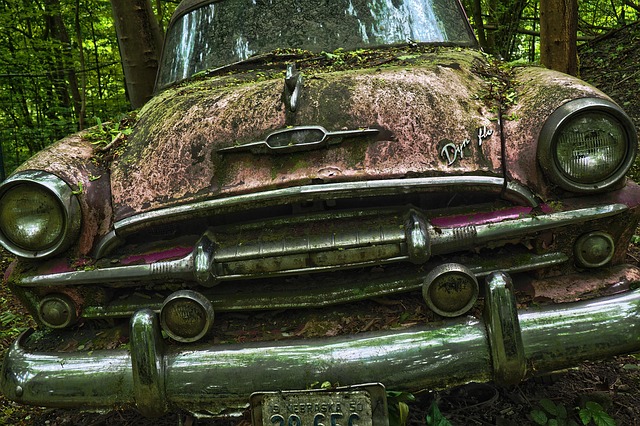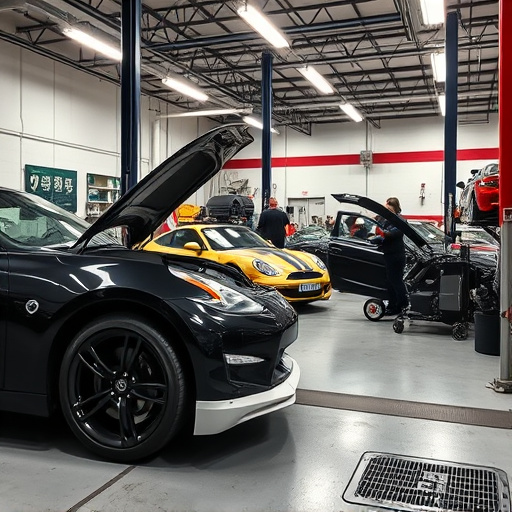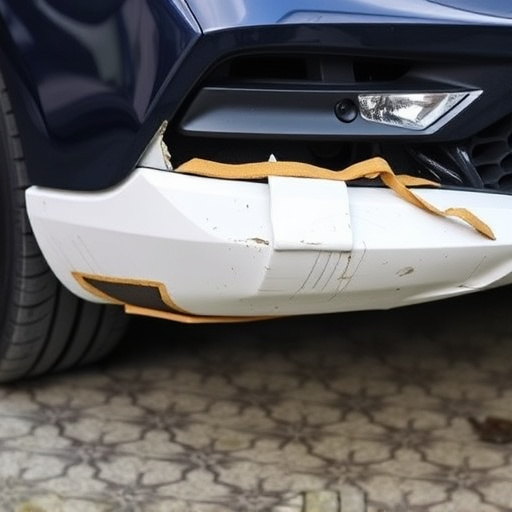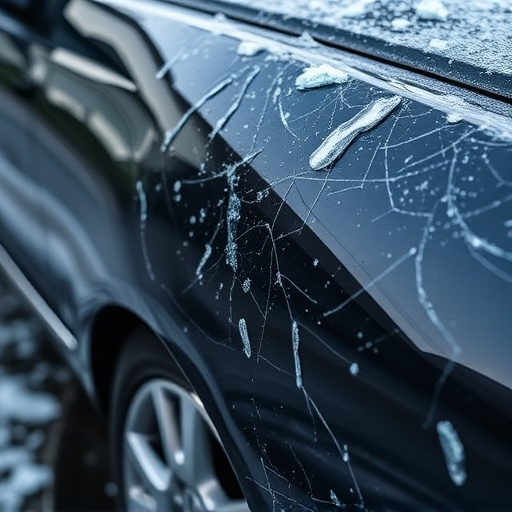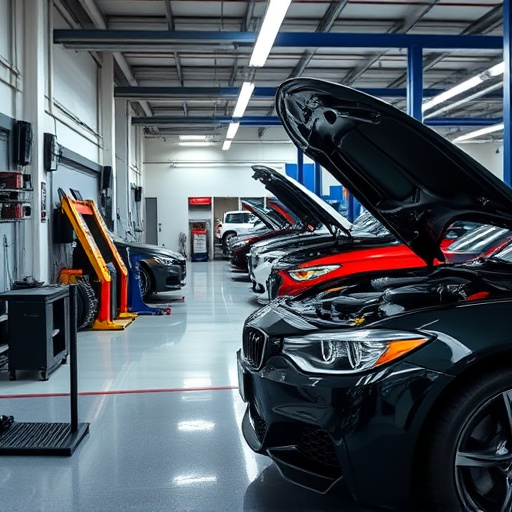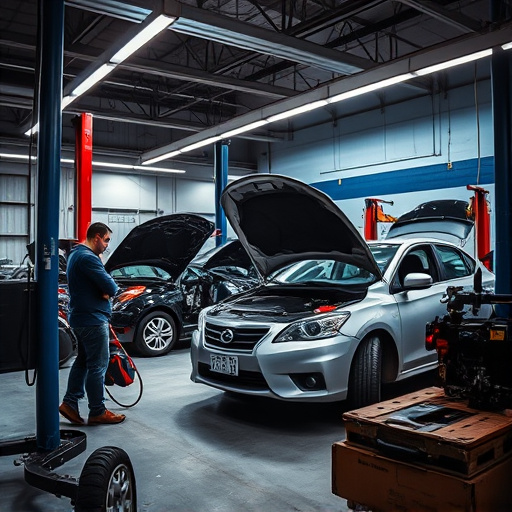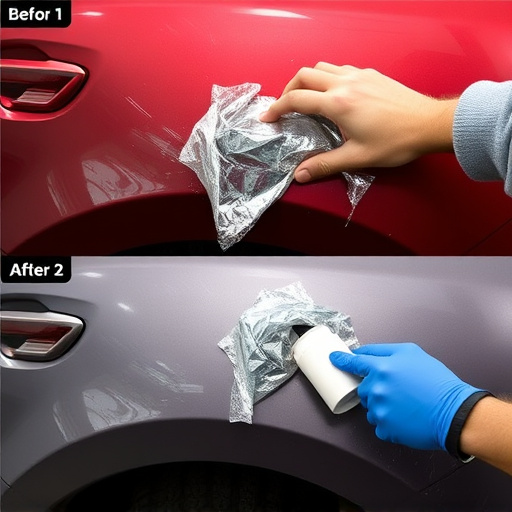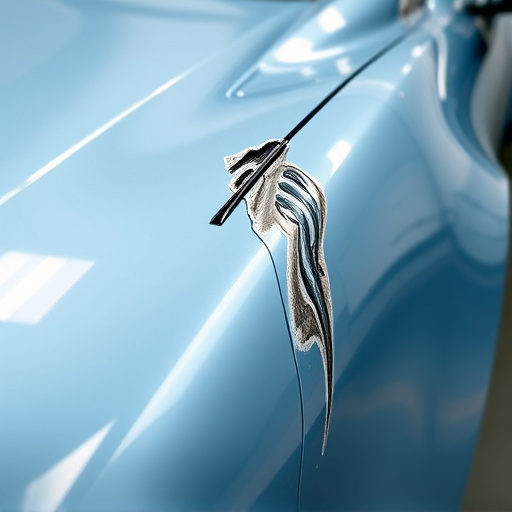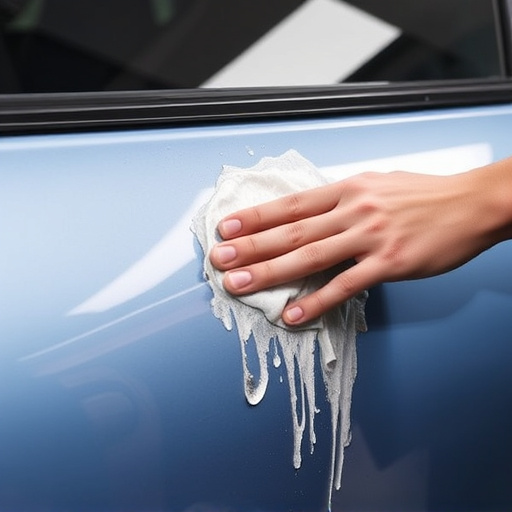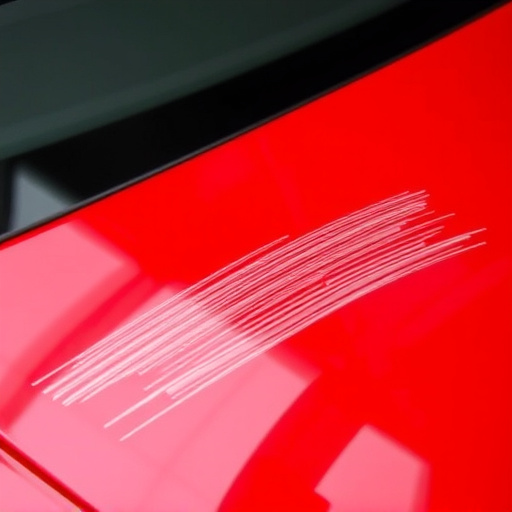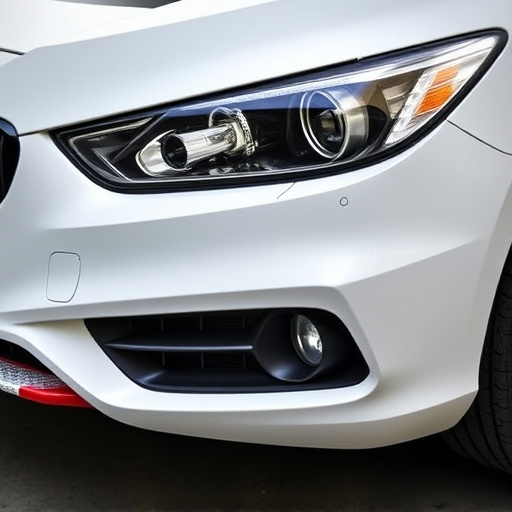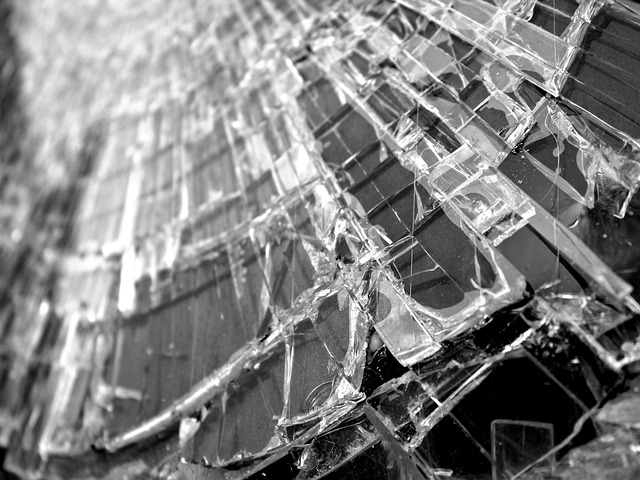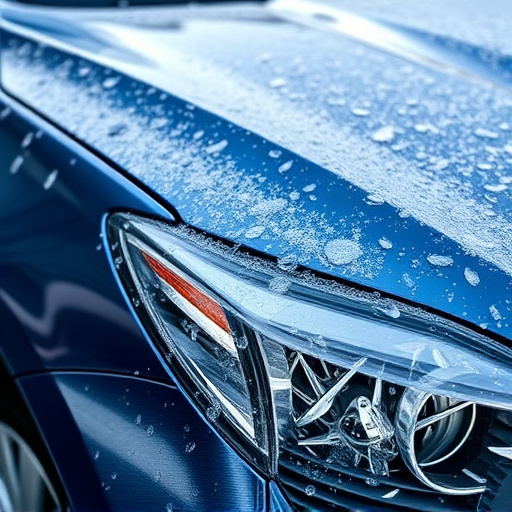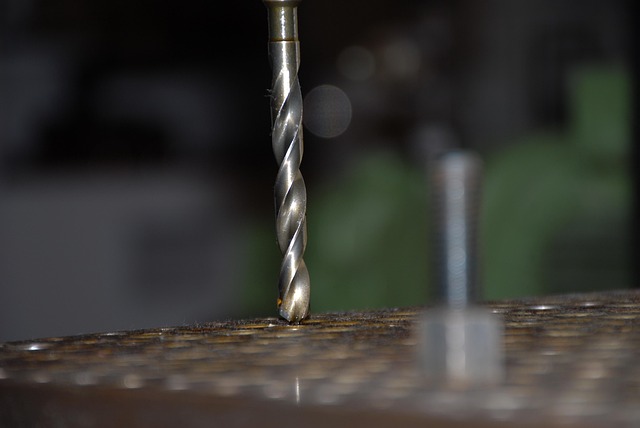Welding is essential in metal fabrication collision repair, enabling professionals to restore vehicles to pre-collision condition with precision and strength. Skilled welders use techniques like spot, laser, and TIG welding to address various damage, ensuring structural integrity, safety, and vehicle value preservation. Advanced welding innovations transform auto body shops, catering to modern and classic car restoration needs for exceptional quality in metal fabrication collision repair.
Welding is the linchpin of metal fabrication, and its significance is particularly pronounced in the realm of collision repair. This critical process ensures the structural integrity of vehicles, allowing them to return to their pre-accident condition. In this article, we’ll explore the fundamentals of welding as a cornerstone of metal fabrication, delve into why it’s indispensable in collision repair, and uncover advanced techniques that are revolutionizing this industry, making metal fabrication collision repair more efficient and effective than ever before.
- Understanding Welding: The Cornerstone of Metal Fabrication
- Collision Repair: Where Welding Becomes Essential
- Advanced Techniques: Revolutionizing Metal Fabrication in Collision Repair
Understanding Welding: The Cornerstone of Metal Fabrication
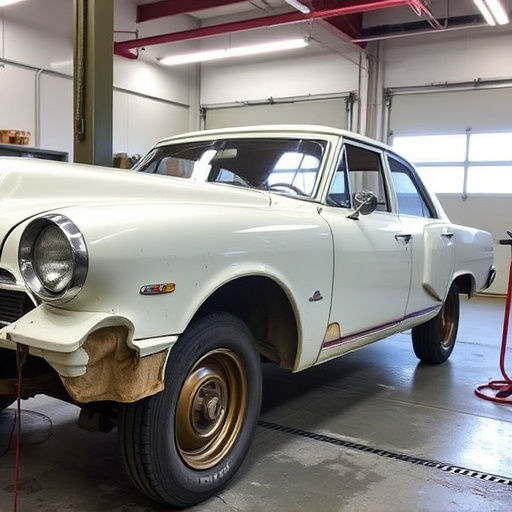
Welding is an art and a science, serving as the cornerstone of metal fabrication processes, including collision repairs for vehicles. This technique involves joining metals by heating them to their melting point, causing the materials to merge and form a strong bond. In the context of car repair services or bumper repair, welding plays a pivotal role in restoring structural integrity. Skilled welders can precisely manipulate heat and pressure to fuse metal components, ensuring they’re as good as new.
Understanding welding techniques is crucial for any professional involved in metal fabrication collision repair. Different types of welds, such as spot welding, laser welding, or TIG (Titanium Welding) welding, each offer unique advantages depending on the project requirements. Proficiency in these methods enables technicians to handle various materials and designs, ensuring precise and durable repairs for vehicles, be it a minor dent in a car body repair or a complete restoration of a damaged bumper.
Collision Repair: Where Welding Becomes Essential
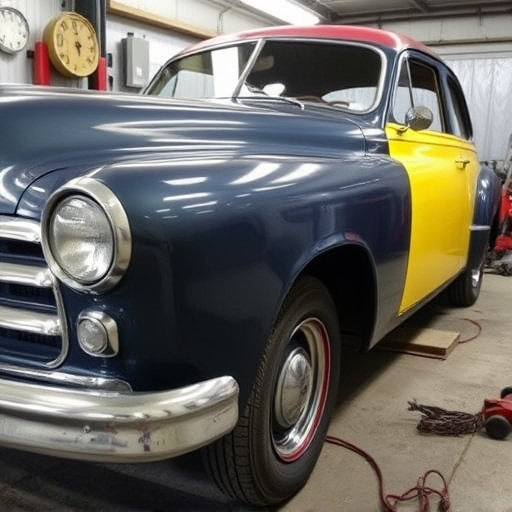
In the realm of metal fabrication collision repair, welding plays a pivotal role, ensuring that vehicles return to their pre-collision condition with precision and strength. Whether it’s addressing dents, scratches, or more severe damage from an autobody repairs perspective, the process demands meticulous skill and expertise. Welding isn’t just about joining metal pieces; it’s about restoring structural integrity, ensuring safety, and maintaining the aesthetic appeal of the vehicle, all of which are paramount in car dent repair and car scratch repair scenarios.
The intricate nature of collision repair necessitates a deep understanding of various metal types and welding techniques. Professionals in this field must be adept at handling both subtle and substantial repairs, from aligning panels to rebuilding components. This expertise ensures that the final product not only meets but exceeds industry standards, providing customers with reliable and safe vehicles while preserving their investment’s value.
Advanced Techniques: Revolutionizing Metal Fabrication in Collision Repair
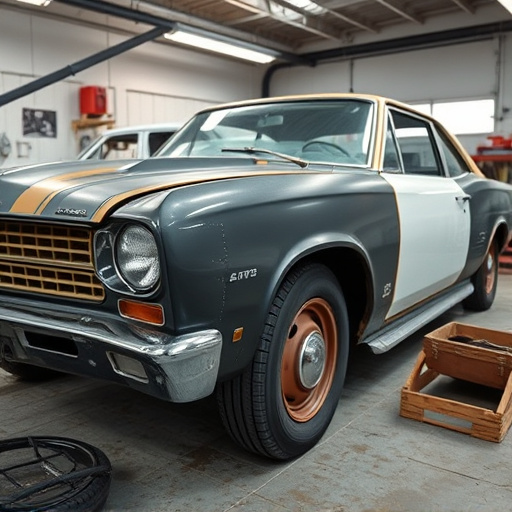
In recent years, advanced welding techniques have emerged as game-changers in the realm of metal fabrication for collision repair. These innovative methods are revolutionizing the way auto body shops, including collision repair centers and classic car restoration facilities, handle complex repairs. By employing precision welding, professionals can now achieve unparalleled results, ensuring structural integrity and aesthetic precision. This is particularly crucial in car collision repair, where precise metal fabrication ensures vehicles not only function optimally but also look as good as new.
The adoption of advanced techniques allows for more intricate designs and custom builds, catering to the diverse needs of customers. Whether it’s a modern vehicle with sleek lines or a classic car requiring meticulous restoration, these welding advancements enable collision repair specialists to deliver exceptional quality. This shift has not only enhanced the capabilities of collision repair centers but also raised the bar for overall automotive craftsmanship.
Welding plays a pivotal role in metal fabrication, especially within the collision repair industry. As discussed, understanding this fundamental process is key to achieving precise and durable repairs. Advanced welding techniques are not only revolutionizing collision repair but also setting new standards for quality and efficiency. By embracing these innovations, professionals can ensure that vehicles return to their pre-accident condition, showcasing the essential place of welding in modern metal fabrication collision repair.
